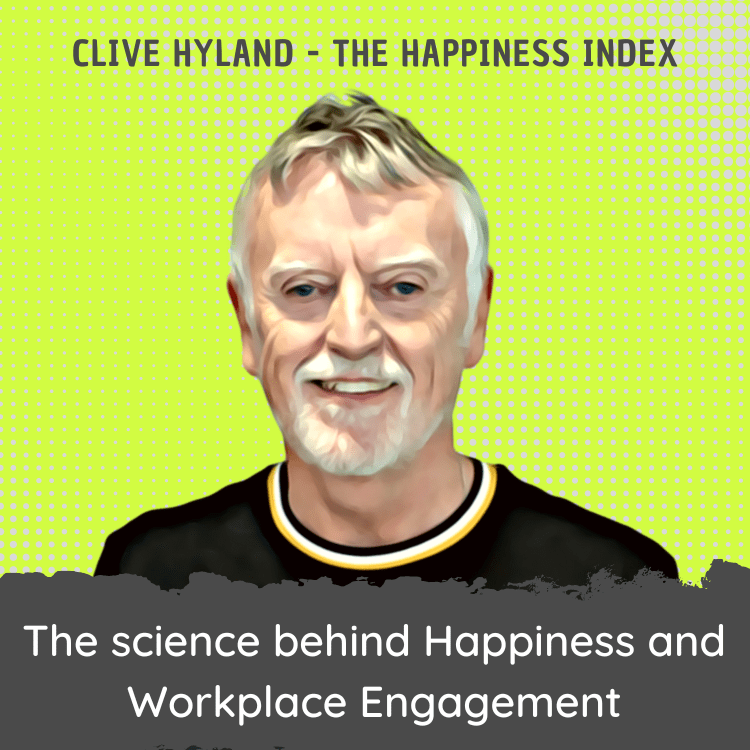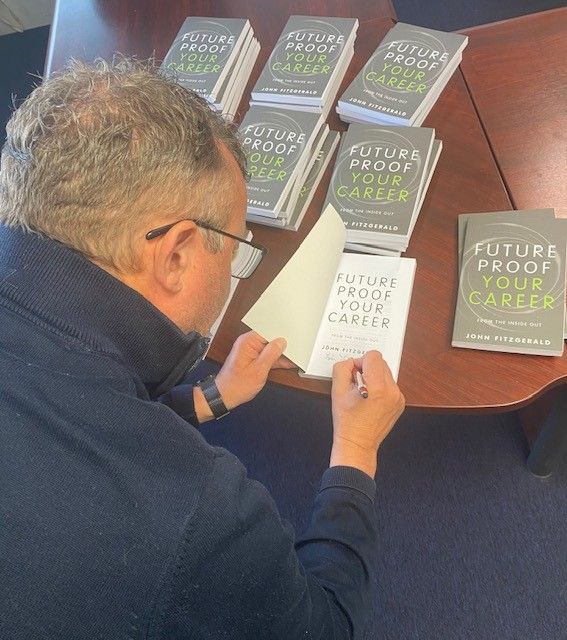My Mam passed away inside the past fortnight, she was a great age, and with the world in such a strange place, I have been reflecting on her life journey and wondering what three words any of us would use to describe our life journey to date?
In Mam’s case, it would be Faith, Hope and Charity.
Faith – She had great faith in God and prayed the Rosary fervently every day. I would call to the house in the evenings, and she would have Sally answering back the rosary. “What else have you left if you don’t have your faith?” she used to say to me. “Trust in God” was one her renowned sayings. It was a way that generation dealt with hardship. When they had little else, they had the faith to just keep on going. It’s on reflection when I considered these words. While My Mam’s generation had their faith, what have we? We might use words like ‘purpose’ and ‘resilience’ today but how much faith do we have in ourselves to overcome life’s challenges? My Mam grew up the second youngest of 8 sisters wearing hand me downs so lots of faith was needed?
Hope – She was a beacon of hope for me in my life and always had a smile on her face. I made the wrong career decision when I left secondary school to stay at home on the farm and she could see the tensions rising each day across the dinner table between Dad and I. She also could see history repeating itself in that Dad himself never wanted to be a farmer but was the only son in the family and here I was now going to do the same thing! She got me into my first job and off I went from there. Throughout my working life, she’s been my cheerleader and since starting Harmonics, was always asking me in hope if we had won any new contracts. Two comments stand out from sympathisers at the funeral, one said, “You always felt better about yourself after leaving Chris”, while another said – “she had an infectious enthusiasm for life”. What a great legacy to leave and I wonder what words people use to describe any of us when we leave them?
Charity -Our family home was at a cross-roads and an open-door meeting place for locals to debate sports, politics, or parish news. The kettle was always-on, and the smell of fresh tarts or scones still waft from memory each time I enter the house. My great memory of Mam is the energy she put into local community and fundraising for the parish. This generation of Mam’s had little of their own money but gave so selflessly to others. Photos were rare and for special occasions. Mam’s life was about putting the focus on those who in need instead of holding the smile to take the ‘just right Selfie’. One of my last drives with Mam was to bring her to see Dad when he was in last few weeks of life two years ago. I asked Mam would she like a 99 and her eyes lit up. My Selfie of us together was just right, the ice cream on her chin was a bonus and she laughed loudly as I snapped?
To everyone with a Mam – Never forget to capture the Magic Moments, they won’t last forever!











